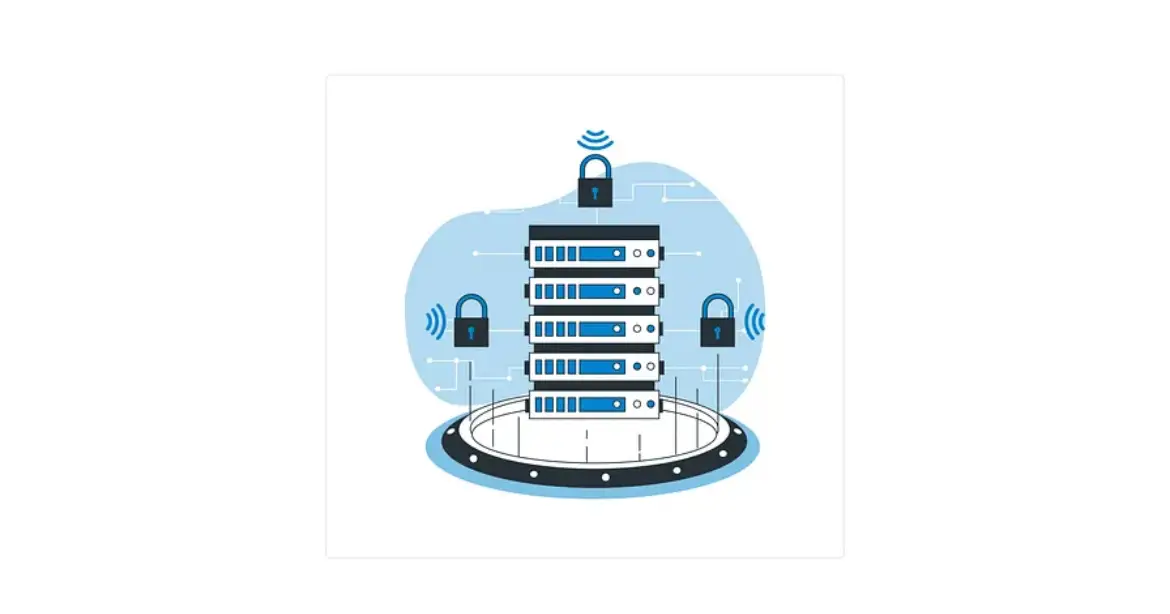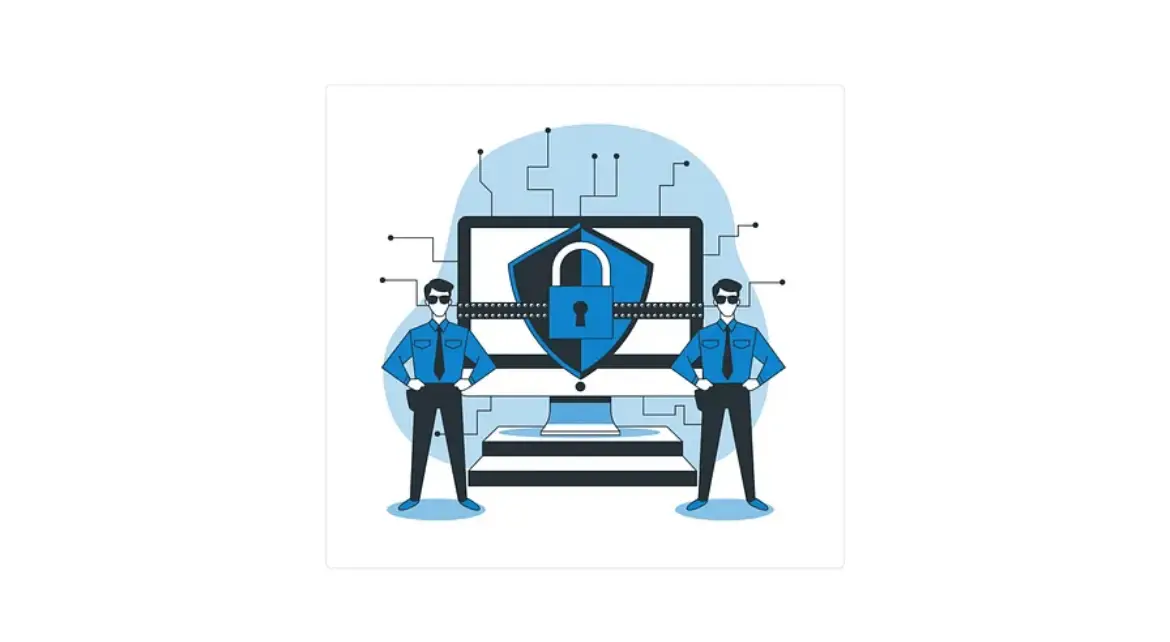Python Security Best Practices: Protecting Your Code and Data
Learn the Python security best practices to safeguard your code and data from potential threats, ensuring data protection, system integrity, and building trust.
Python
Coding
Data science
Develearn Technologies
5 minutes
June 1, 2021

Introduction:
Python is a well-liked and adaptable computer language that is used in a variety of applications. Prioritising security is essential while creating Python apps in order to safeguard your code, data, and users’ private information. This blog attempts to provide helpful advice and industry-recognised best practices for creating safe Python applications. These recommendations can help you reduce security flaws and safeguard against frequent security risks, ensuring that your apps retain the greatest degree of security.
1.Update Your Python Environment Frequently :
For security reasons, it’s essential to keep your Python environment, including the Python interpreter and libraries, updated. Patches and security flaws are often addressed in new versions. By being aware of security updates and swiftly installing them, maintain a proactive attitude. To make updating easier and guarantee that your application utilises the most recent, secure versions of dependencies, use package managers like pip. To further isolate your application’s dependencies and prevent conflicts with other Python projects, think about utilising virtual environments.
2. Validate and sanitise User Input:
Security breaches often start with user input. To stop attacks like SQL injection and cross-site scripting (XSS), validate and sanitise all user input. To make sure that input complies with anticipated formats and ranges, use input validation procedures. Sanitise user input by deleting tags or characters that might be harmful. When communicating with databases, use prepared statements or parameterized queries to fend against SQL injection threats. By limiting the resources that your application loads, content security policies (CSP) may reduce the likelihood of XSS attacks.

3.Put Secure Authentication and Authorization into Practice:
It is crucial to protect user accounts and private data. Implement safe authentication techniques including multi-factor authentication (MFA), secure session management, and strong password rules. Use secure password storage techniques like bcrypt or Argon2 to protect user information. Using user roles and permissions, implement appropriate authorisation measures to limit access to sensitive functionality or data. Use safe storage techniques, such as environment variables or specialized secret management tools, instead of saving sensitive information, such as API keys or passwords, in plain text. To keep current with the most recent security procedures, examine and update your authentication and authorisation systems on a regular basis.
4. Safely Handle Errors and Exceptions :
Safe error handling is essential to preserving security. Giving consumers descriptive error messages may mistakenly reveal private data or provide prospective attackers useful information. Make sure error messages are general and refrain from mentioning implementation specifics. To prevent unwanted access to log files, securely record errors, store logs in a separate, secure place, and set up the necessary access restrictions. Implementing good exception handling will also ensure that your application is safe and robust by preventing information leaks and managing unforeseen mistakes with grace.

5. Cross-Site Scripting and Cross-Site Request Forgery Protection:
XSS and CSRF attacks, which are common online vulnerabilities, should be prevented from occurring in your application. Utilize safe frameworks or libraries that have defenses against these threats already built in. To avoid XSS attacks, employ correct output encoding when displaying user-generated material. To stop CSRF attacks, use CSRF tokens in your forms and server-side validate them. Test your application often for these flaws using manual testing or security scanning technologies. Utilize security communities and forums to keep up with best practices for XSS and CSRF vulnerability mitigation. Stay informed about new security threats.
6.Regular Code Testing and Auditing:
To find gaps and vulnerabilities in your codebase, do frequent security audits and penetration tests. Automate the testing procedure by using security testing tools and frameworks like Bandit, Pytest, or OWASP ZAP. To find possible security problems and confirm that secure coding techniques are being used, conduct code reviews. To check your code for possible vulnerabilities and security problems, think about employing static code analysis tools. To make sure that your application is resistant to assaults, include security testing into your development process, including both functional and non-functional security testing.

7. Implement Secure Communication:
Make sure that Python programs transfer sensitive data across networks using secure communication protocols, including HTTPS. Use TLS/SSL certificates to encrypt data in transit to guard against listening devices and man-in-the-middle attacks. Avoid sending confidential data in plain text, such as API keys or passwords. Use secure frameworks and libraries that provide functionality for secure network connection, and abide by industry best practices.
8. Maintain Knowledge and Participate in the Security Community:
Security threats change continuously, therefore it’s important to keep up with the most recent security procedures and vulnerabilities. Follow credible security blogs and resources, engage in forums, go to conferences, and interact with the security community. Keep abreast of security warnings and alerts affecting Python and its environment. Engage in conversations and information exchange with other developers to promote a security-conscious mentality and continuously improve the security posture of your application.
Conclusion :
Python application security needs proactive risk identification and risk mitigation. You may improve the security of your Python apps by adhering to these pointers and best practices, safeguarding your code, data, and users’ private information. Keep in mind to establish secure communication, frequently test and audit your code, verify user input, implement secure authentication, securely handle failures, guard against common online vulnerabilities, keep current, and participate in the security community. By giving security top priority throughout the development process, you can protect your applications from possible dangers and give your users confidence in the security of Python-based solutions.







